Photos: Mummies Discovered in Tombs in Ancient Egyptian City
Substantial discovery
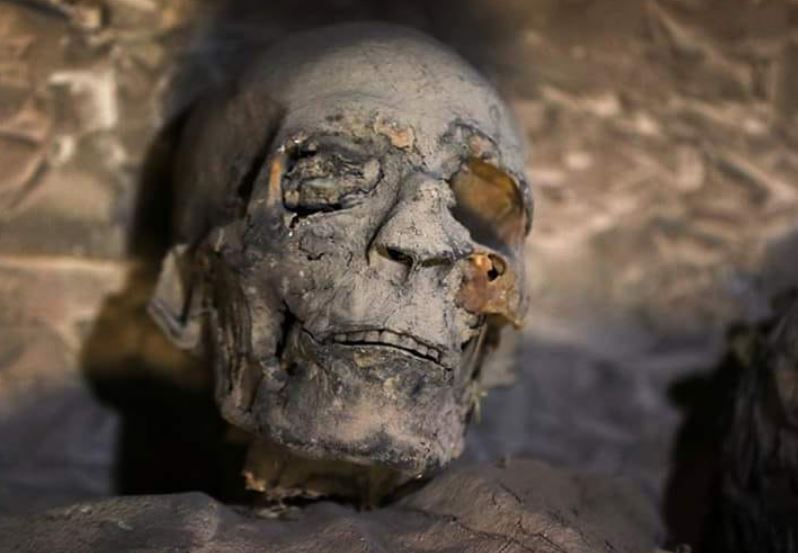
Archaeologists have discovered several mummies and sarcophagi in two separate tombs near Luxor (ancient Thebes) in Egypt. The individual seen here was buried in what archaeologists call tomb "TT33." [Read more about the Luxor mummy discoveries]
More to uncover
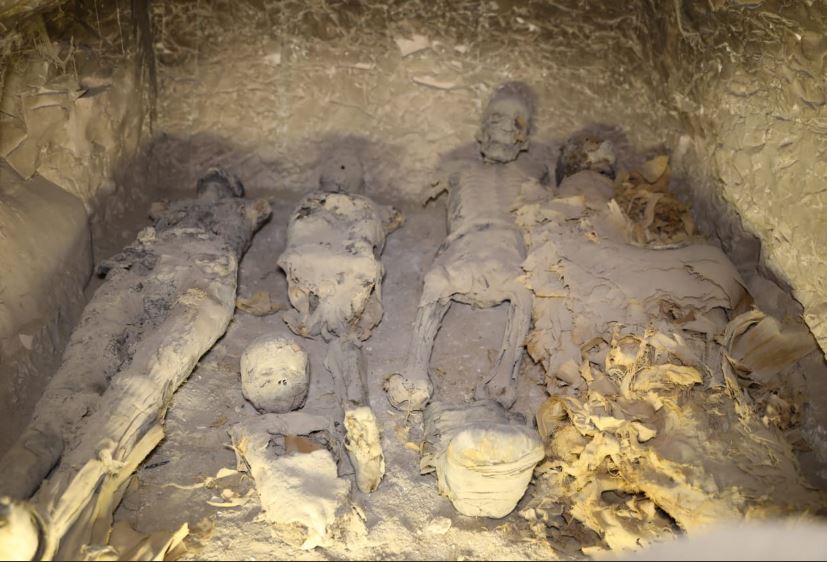
The people in this picture may be part of the same family, the ministry of antiquities said. When exactly these mummies date to is not certain. The tomb they were buried in, TT33, is massive and has been excavated several times since the 19th century, but new finds continue to be made.
Powerful history
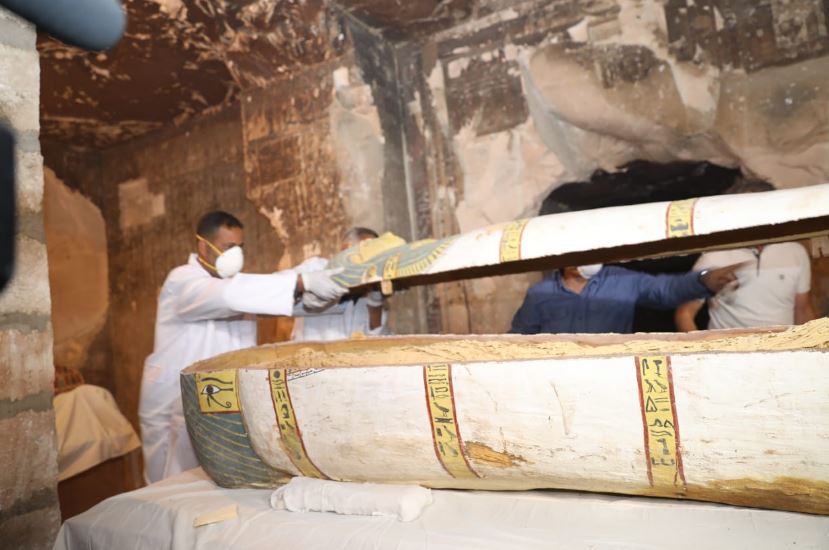
This sarcophagus was also found in TT33. Hieroglyphs on the sarcophagus say that a woman named "Pouyou" or "Pouya" is buried inside. Analysis of the sarcophagus indicates that she lived during the 18th dynasty (1550-1295 B.C.), a time when Egypt was united and powerful.
Examining the past
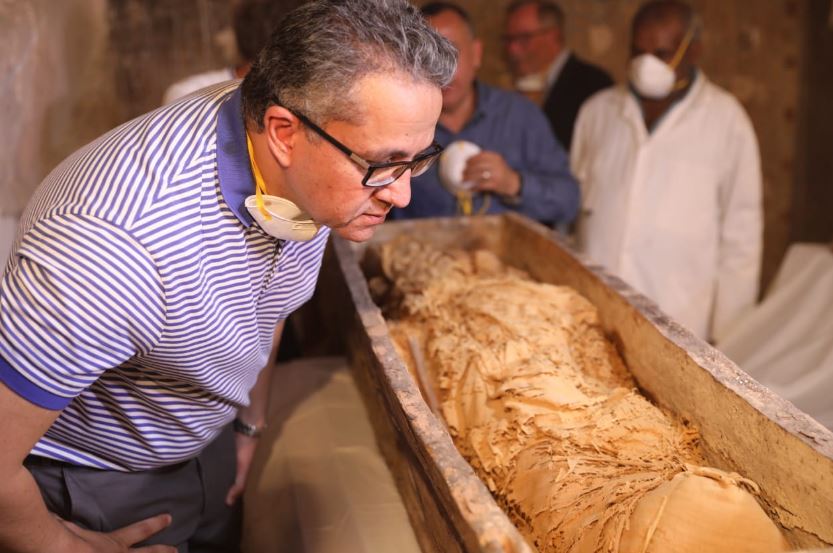
Pouyou's sarcophagus was opened during a Nov. 24 press conference, revealing the remains of her mummy. Egyptian antiquities minister Khaled El-Enany is shown peering at the mummy in this picture.
An important man
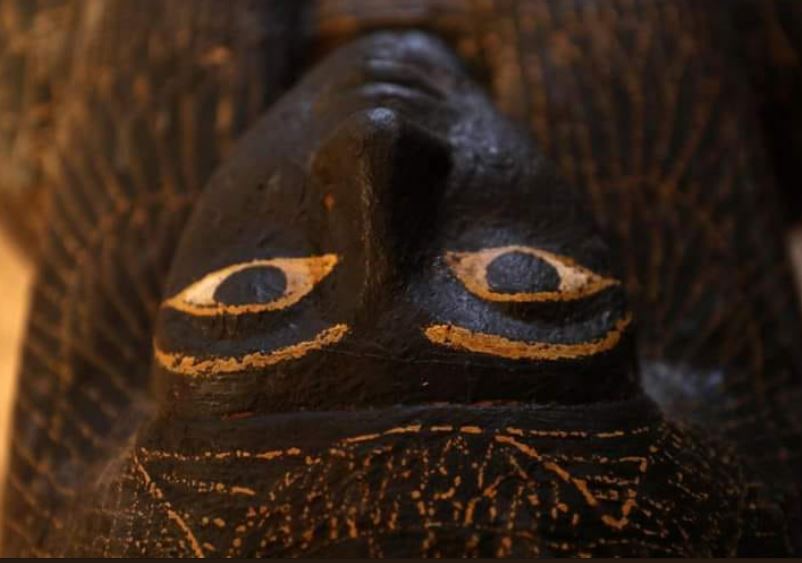
Another tomb called "TT28" by archaeologists yielded the remains of more sarcophagi and mummies. Hieroglyphs on this sarcophagus say that a man named "Thaw InkhetIf" was buried within it and he was the overseer of a mummification shrine near Thebes.
Dedicated artists
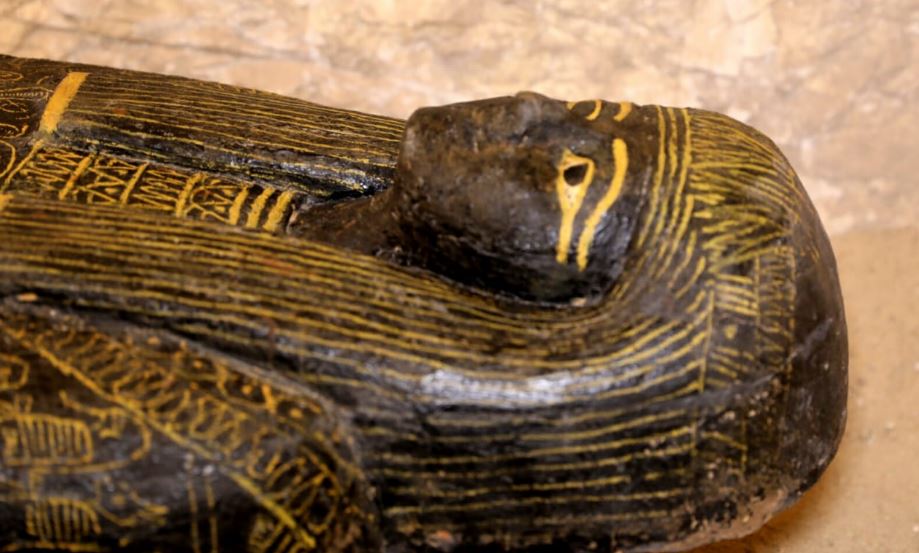
Another photo showing the sarcophagus of Thaw InkhetIf. It's not certain when exactly he lived. Hieroglyphs on his sarcophagus say that the people who worked in his shrine worshipped the goddess Mut who was the wife of the god Amun. At times Amun was regarded as the powerful Egyptian god.
Much to learn
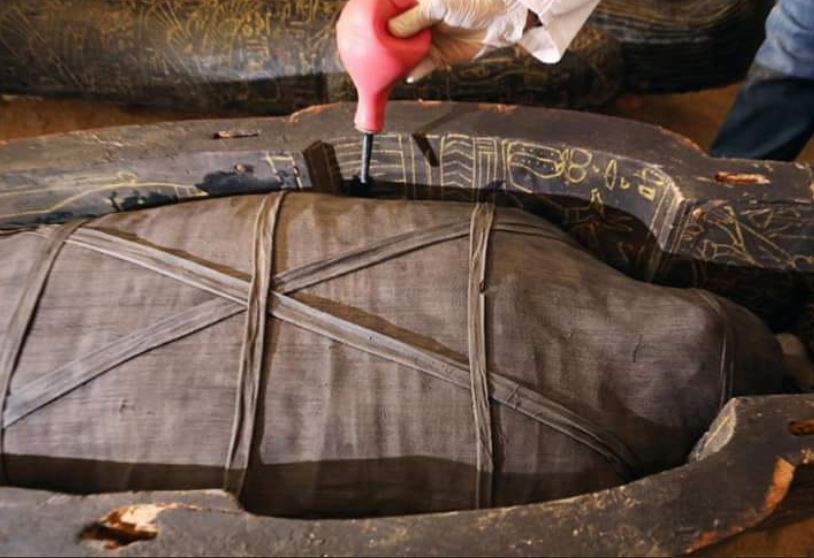
Thaw InkhetIf's mummy is well preserved. Future tests may reveal more information about the mummy.
Sign up for the Live Science daily newsletter now
Get the world’s most fascinating discoveries delivered straight to your inbox.
Servants for eternity
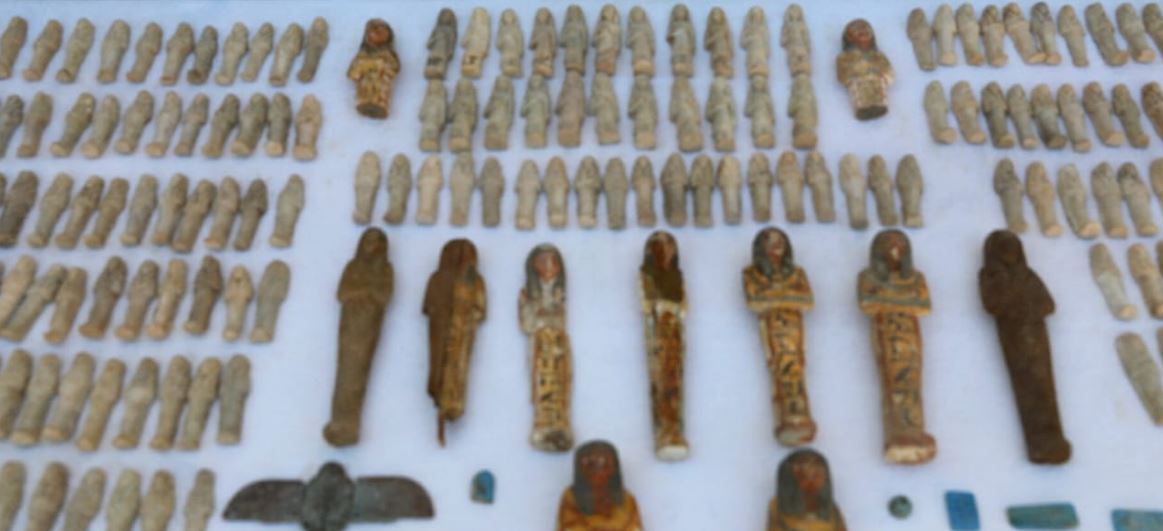
Many more discoveries were made in TT28. Among them are about 1,000 shabti figurines. These are commonly found in Egypt and were meant to serve the deceased in the afterlife. Several dozen of them are seen in this picture.
Honoring the lost
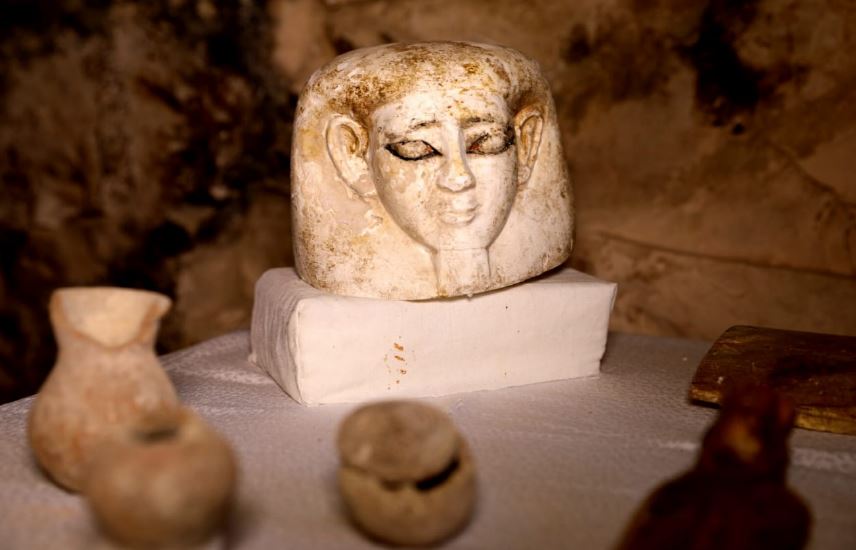
A small sculpture that was also found in TT28. It may depict one of the people buried in the tomb. Excavation of both tombs and analysis of their remains is ongoing.

Owen Jarus is a regular contributor to Live Science who writes about archaeology and humans' past. He has also written for The Independent (UK), The Canadian Press (CP) and The Associated Press (AP), among others. Owen has a bachelor of arts degree from the University of Toronto and a journalism degree from Ryerson University.









